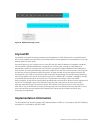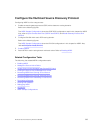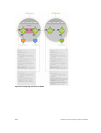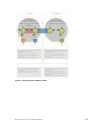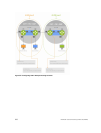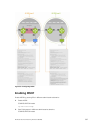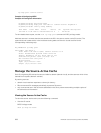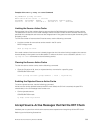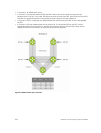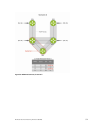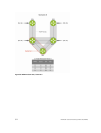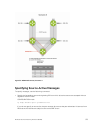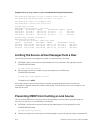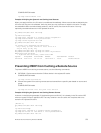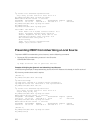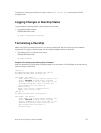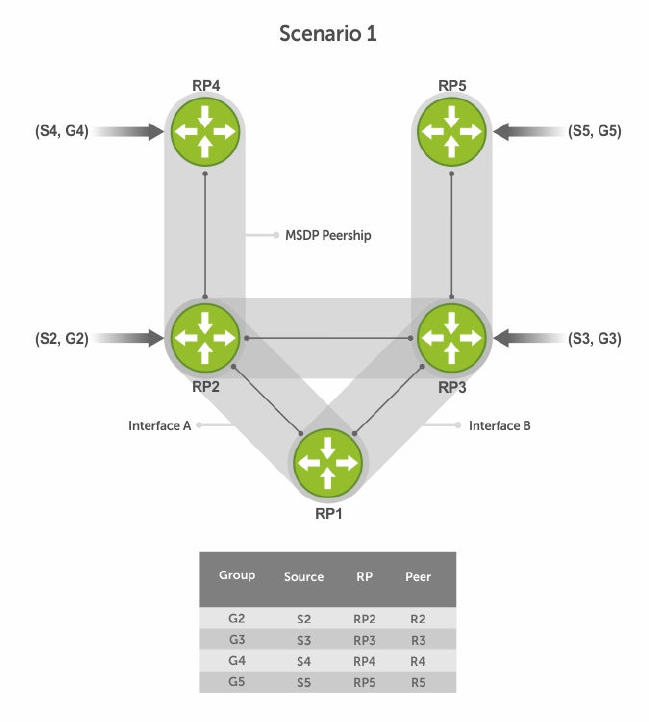
• In Scenario 1, all MSPD peers are up.
• In Scenario 2, the peership between RP1 and RP2 is down, but the link (and routing protocols)
between them is still up. In this case, RP1 learns all active sources from RP3, but the sources from RP2
and RP4 are rejected because the reverse path to these routers is through Interface A.
• In Scenario 3, RP3 is configured as a default MSDP peer for RP1 and so the RPF check is disregarded
for RP3.
• In Scenario 4, RP1 has a default peer plus an access list. The list permits RP4 so the RPF check is
disregarded for active sources from it, but RP5 (and all others because of the implicit deny all) are
subject to the RPF check and fail, so those active sources are rejected.
Figure 84. MSDP Default Peer, Scenario 1
570
Multicast Source Discovery Protocol (MSDP)



